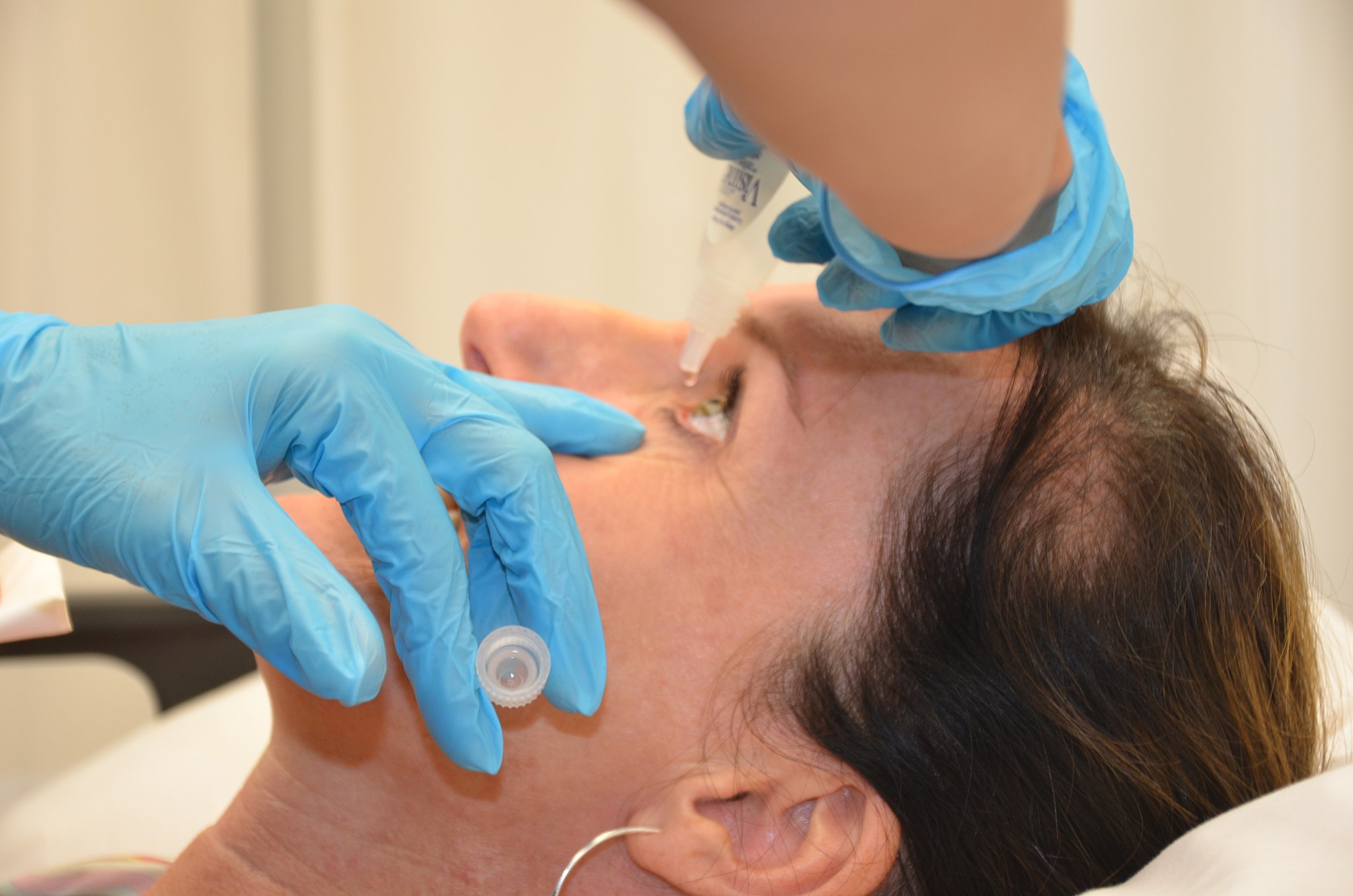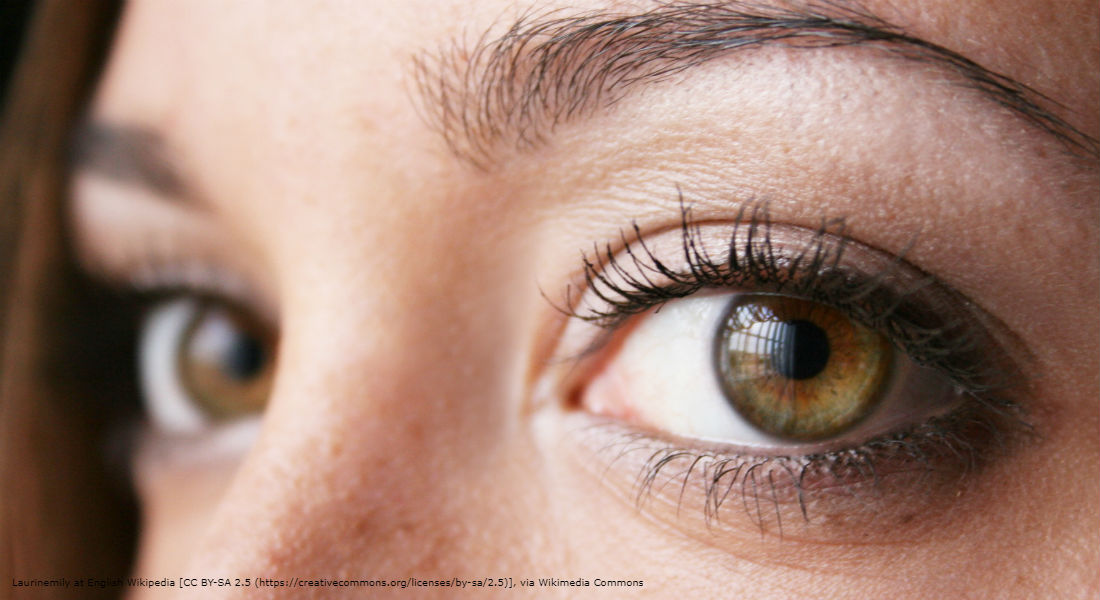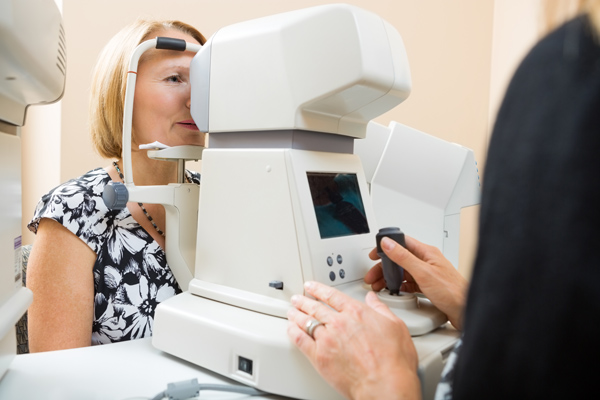High-dose omega-3 supplements were unable to beat the placebo at reducing symptoms of dry eye disease in a recent study funded by the National Institutes of Health (NIH) National Eye Institute (NEI). Allergan – maker of the blockbuster dry eye drug Restasis – can rest easy as the results of the study suggest fish oil supplements won’t take over as a dominant treatment for the condition.
It’s estimated that 14 percent of individuals in the US suffer from dry eye disease, which is caused by a lack of natural tears on the eye surface that leads to inflammation and discomfort. According to the researchers who worked on the current study, many doctors and patients have advocated for the use of omega-3 supplements to treat dry eye disease, despite a lack of clinical evidence supporting the indication. This has contributed to the popularity of fish oil supplements, which has grown to a $1 billion market in the US.
“The trial provides the most reliable and generalizable evidence thus far on omega-3 supplementation for dry eye disease,” said Dr. Maryann Redford, program officer for clinical research at NEI. “This well-controlled investigation conducted by the independently-led Dry Eye Assessment and Management (DREAM) Research Group shows that omega-3 supplements are no better than placebo for typical patients who suffer from dry eye.
The placebo-controlled trial involved 535 participants at 27 study sites who had experienced at least six months of dry eye disease symptoms. The researchers published their findings in the New England Journal of Medicine.
In total, 349 individuals were randomly assigned to receive a daily dose of fish oil, while the remainder of the participants were given a placebo containing olive oil. This study was the first to assess the highest dose of omega-3s for the treatment of dry eye disease, which consisted of 2,000 mg eicosapentaenoic acid (EPA) and 1,000 mg docosahexaenoic acid (DHA).
The study found that after one year of taking the omega-3 supplements, 85 percent of participants in the treatment group were still taking the capsules. Using a blood test, the study investigators also found that individuals in the treatment group showed a four-fold increase in EPA levels from the start of the supplementation, compared with no change in placebo group members.
RELATED: The Dry Eye Debate: How Effective is Allergan’s Restasis and Should We Be Paying for It?
The study investigators also made the decision to allow trial participants to continue using other medications for dry eye disease, including artificial tears and other eye drops. Their reasoning was that omega-3 supplements are rarely used in isolation in the treatment of dry eye disease.
“Omega-3s are generally used as an add-on therapy. The study results are in the context of this real-world experience of treating symptomatic dry eye patients who request additional treatment,” said study chair for the trial,” said Dr. Penny A. Asbell, of the Department of Ophthalmology at the Icahn School of Medicine at Mount Sinai in New York City.
The researchers used a 100-point scale known as the Ocular Surface Disease Index to determine how severe patient-reported symptoms of dry eye disease were from the start of the study until one year after taking the treatment daily. The average symptom score improved by 13.9 points among members of the omega-3 group, comparted to 12.5 points among placebo patients, which is not a statistically significant difference between the arms of the trial. Interestingly, 61 percent of people in the treatment group achieved a reduction of at least 10 points on the symptoms scale, compared to 54 percent of patients given the placebo, suggesting both groups showed a noticeable improvement in their dry eye disease symptoms.
“The findings also emphasize the difficulty in judging whether a treatment really helps a particular dry eye patient,” said the leader of the coordinating center for the study, Dr. Maureen G. Maguire, of the Department of Ophthalmology at the Perelman School of Medicine at the University of Pennsylvania, Philadelphia. “More than half the people taking placebo reported substantial symptom improvement during the year-long study.”
While both groups of patients showed an improvement in their dry eye disease symptoms, clinicians found no difference between patients in each arm when it came to measures of the signs of the condition.
“The results of the DREAM study do not support use of omega-3 supplements for patients with moderate to severe dry eye disease,” said Asbell.
Allergan’s Restasis is still the best-selling dry eye disease drug, bringing in around $2 billion in sales in the US each year. However, after multiple attempts to prevent drugmakers from launching a generic version of Restasis, Allergan will likely see patent challenges in the next few years.







Join or login to leave a comment
JOIN LOGIN